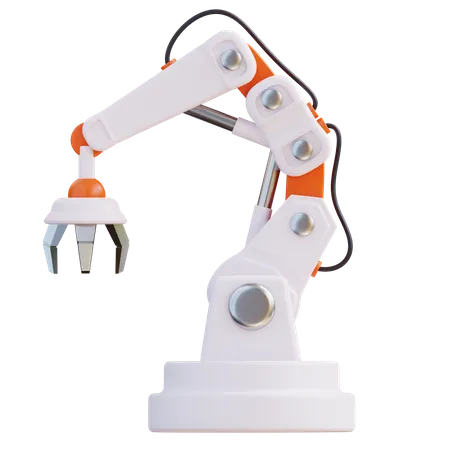In an era where sustainability and efficiency are paramount, automation technology emerges as a powerful ally in the quest for energy conservation. The marriage of cutting-edge automation with energy-saving strategies offers a transformative solution that benefits both the environment and the bottom line.
1. Smart Energy Management
Automation systems enable real-time monitoring and control of energy consumption across facilities. Smart sensors, connected devices, and IoT-driven platforms work harmoniously to optimize energy usage based on actual needs. Lights, heating, cooling, and equipment can be precisely adjusted or turned off when not in use, preventing wastage.

2. Demand Response
Automation empowers businesses to participate in demand response programs. During peak demand periods, systems can automatically reduce non-essential energy consumption without compromising operations. This not only helps stabilize the grid but can also lead to significant cost savings by avoiding high-demand charges.

3. Efficient Building Operations
Automation can fine-tune building operations for maximum energy efficiency. Climate control, ventilation, and lighting systems can be intelligently managed to create comfortable environments while minimizing energy consumption. By adapting to occupancy patterns and external conditions, automation reduces energy waste.

4. Industrial Automation
Energy-intensive industries can benefit greatly from automation. Production processes can be optimized to run at peak efficiency, minimizing energy-intensive downtime and reducing resource waste. Machines and equipment can be automated to perform tasks precisely, eliminating errors and avoiding energy-intensive rework.

5. Renewable Integration
Automation systems enable real-time monitoring and control of energy consumption across facilities. Smart sensors, connected devices, and IoT-driven platforms work harmoniously to optimize energy usage based on actual needs. Lights, heating, cooling, and equipment can be precisely adjusted or turned off when not in use, preventing wastage.

6. Data-Driven Insights
Automation systems gather and analyze vast amounts of data related to energy consumption. These insights empower businesses to identify trends, anomalies, and areas of improvement. By continuously refining operations based on data, energy efficiency can be continually enhanced.

7. Predictive Maintenance
Automation aids in predicting equipment failures, enabling timely maintenance. This prevents energy wastage due to malfunctioning or inefficient equipment. Predictive maintenance ensures that systems are always operating at their energy-efficient best.

8. Remote Monitoring and Control
Automation allows remote monitoring and control of energy-consuming systems. This means that adjustments can be made from anywhere, ensuring that energy is never wasted due to oversight or delays in manual intervention.

In the drive towards a sustainable future, automation technology emerges as a potent tool to save energy, reduce emissions, and lower costs. By embracing automation, businesses can achieve the delicate balance between productivity and conservation, securing a greener, more efficient tomorrow.
